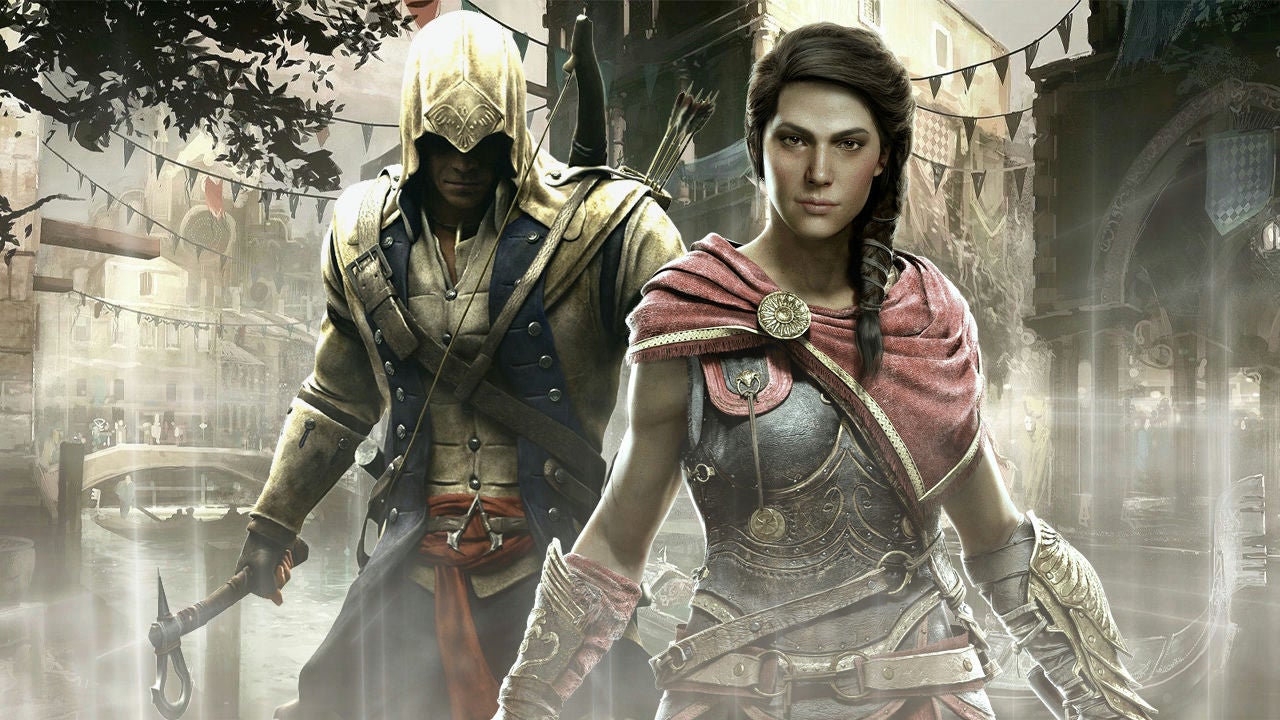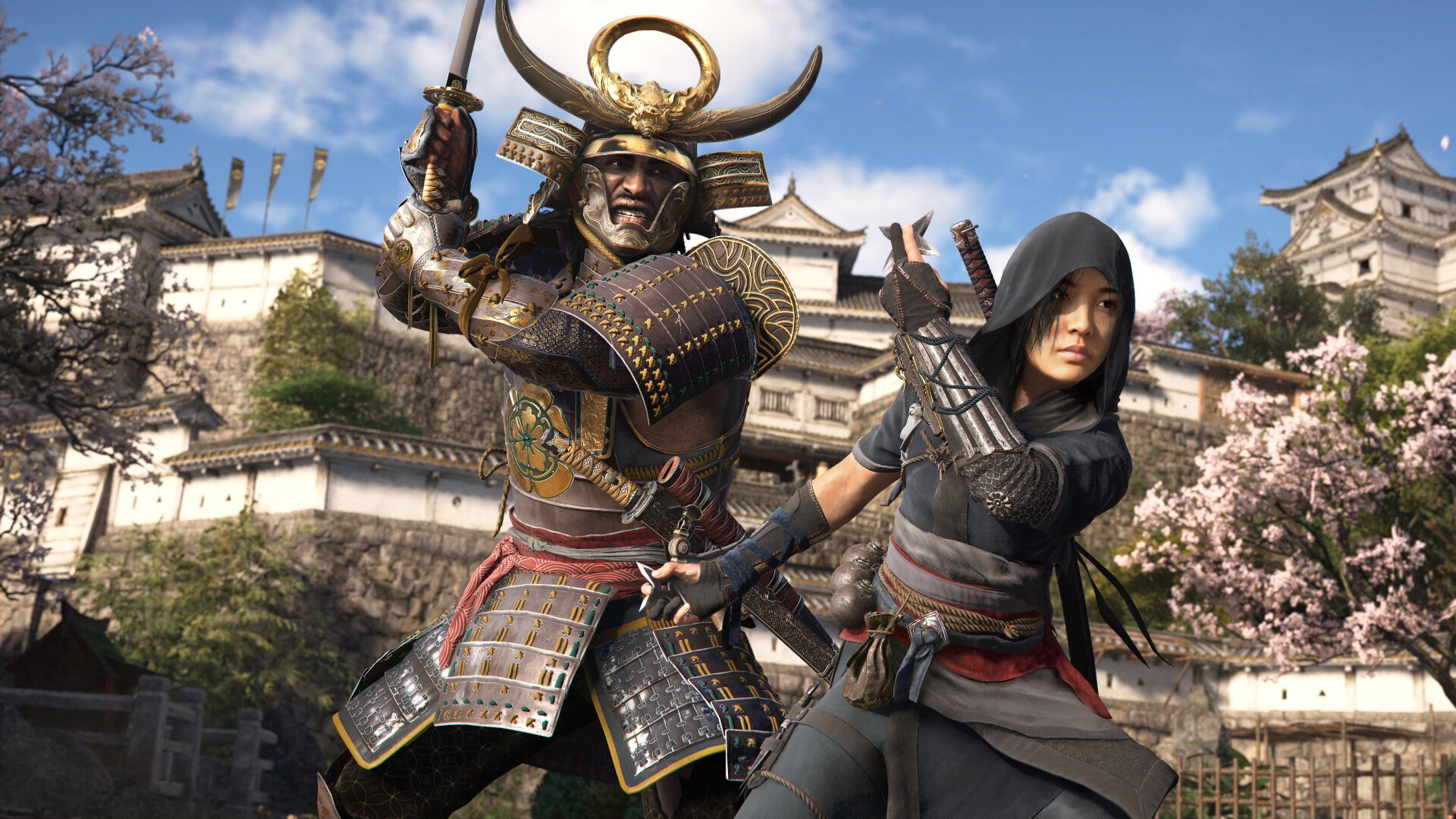An Unexpected Twist in Assassin’s Creed III
One of the most striking moments in the Assassin’s Creed franchise occurs early in Assassin’s Creed III. Players initially follow Haytham Kenway, who seems to be a heroic figure, liberating Native Americans and confronting British soldiers. It isn’t until he recites the phrase, “May the Father of Understanding guide us,” that players realize they have been aligned with the Templars all along, setting the stage for an exhilarating narrative twist.
This twist showcases the potential of the Assassin’s Creed series, which began with the intriguing premise of hunting targets but suffered from shallow storytelling. The first installment introduced Altaïr, whose lack of depth left much to be desired. Assassin’s Creed II improved upon this by introducing the charismatic Ezio Auditore, yet his adversaries, like Cesare Borgia, remained underdeveloped. It was only in Assassin’s Creed III, set against the backdrop of the American Revolution, that Ubisoft truly fleshed out both the protagonists and antagonists, achieving a masterful balance between gameplay and narrative that has yet to be replicated.
The Decline of Character-Driven Storytelling
While the recent RPG-focused direction of the series has garnered praise, many players and critics lament a decline in storytelling quality. The reasons behind this perceived downturn are widely debated. Some attribute it to the increasingly fantastical elements of modern games, such as battles against gods like Anubis. Others criticize the introduction of varied romance options or the controversial decision to feature real historical figures, such as the African samurai Yasuke, in Assassin’s Creed: Shadows.
However, the crux of the issue may lie in the series’ gradual shift away from character-driven narratives. As the franchise evolved, it introduced numerous RPG elements, including dialogue trees and leveling systems, which, paradoxically, have diluted the storytelling experience.
The Problem with Expansive Content
While modern games like Assassin’s Creed Odyssey boast more content than their predecessors, much of it feels superficial and poorly executed. The option for players to choose character actions and dialogue theoretically enhances immersion, yet it often results in lengthy scripts that lack the polish of earlier titles. The tightly written narratives of the Xbox 360/PS3 era allowed for sharper character development without the distractions of an expansive gameplay structure.
For example, while Assassin’s Creed Odyssey may offer a plethora of quests, the interactions often feel mechanical, detracting from the player’s engagement with richly drawn historical figures. In contrast, the storytelling in titles like Assassin’s Creed II and III remains memorable, from Ezio’s passionate declaration, “Do not follow me, or anyone else!” to Haytham’s poignant final words to his son, Connor, that encapsulate a complex father-son relationship.
The Complexity of Moral Choices
Moreover, the writing in earlier games presented a more nuanced portrayal of the conflict between Assassins and Templars. In Assassin’s Creed III, the story challenges players to question their beliefs through the last words of defeated Templars, who provoke Connor—and the player—to reevaluate their moral stance. Characters like William Johnson and Benjamin Church offer perspectives that complicate the traditional good-versus-evil narrative, revealing the intricate motivations behind their actions.
Haytham Kenway, in particular, attempts to undermine Connor’s faith in heroes like George Washington, suggesting that the emerging nation may be as tyrannical as the monarchy it seeks to overthrow. By the game’s conclusion, players are left with more questions than answers, which enhances the depth of the narrative.
The Emotional Resonance of a Forgotten Era
Reflecting on the franchise’s legacy, it’s evident why the musical composition “Ezio’s Family” from Assassin’s Creed II struck a chord with players, becoming the series’ unofficial anthem. The PS3-era titles, especially Assassin’s Creed II and III, are deeply character-driven experiences that resonate emotionally, focusing on personal narratives rather than just historical events.
Despite admiration for the current generation’s impressive world-building and visuals, there is a longing for a return to the focused storytelling that originally captivated players. In an era dominated by expansive environments and ambitious single-player titles, the hope remains that Assassin’s Creed can one day recapture the essence of its roots and deliver the compelling narratives that first drew fans in.
Conclusion
As the Assassin’s Creed franchise continues to evolve, it faces the challenge of balancing expansive gameplay with rich, character-driven storytelling. The legacy of Assassin’s Creed II and III serves as a reminder of the power of narrative in gaming, and a call to return to the profound storytelling that defined the series in its earlier years.
Tim Brinkhof is a freelance writer specializing in art and history. After studying journalism at NYU, he has contributed to various publications including Vox, Vulture, Slate, Polygon, GQ, and Esquire.






